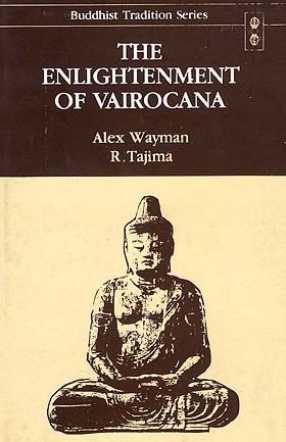
Alex Wayman

Showing all 12 books



The title The Enlightenment of Vairocana is a covering for two boos that study a famous Buddhist scripture with given Sanskrit titles of Vairocanabhisambodhitantra or Mahavairocanasutra. The first book, by Alex Wayman, translates the second chapter, which contains the body mandala of Vairocana's Compassion, copiously using Buddhaguhya's compassion, copiously using Buddhaguhya's commentary, study of some other chapter such as the final one on fire lineage, and ...
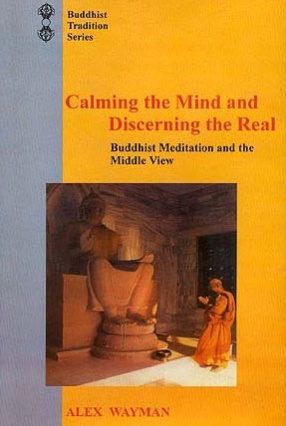

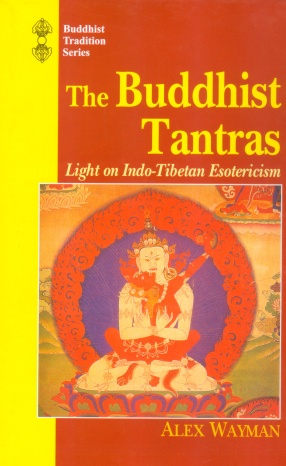
This work is prepared from Alex Wayman’s previously published articles in the field of the Buddhist Tantra plus new studies especially made to round out the material for a reasonably integrated volume. It has particular contact with two previous books in the tantric field-Fundamentals of the Buddhist Tantras and Yoga of the Guhyasamajatantra. But the present work is mainly different both in content and in organization from the said two book ...
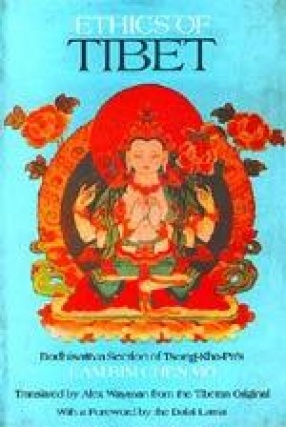
One of the great contributionsof Tebetan Buddhism to the Buddhist tradition as a whole, and one of the things taht distinguishes it from the Mahayana traditions that developed via China, has been the clear and systematic articulation of a doctrine of compassion. this text is perhaps the paradigmatic expression of taht and as such is vitally important. it will advance Western assess to an understanding of Tibetan Buddhism considerably. One of the leading Tibetan ...

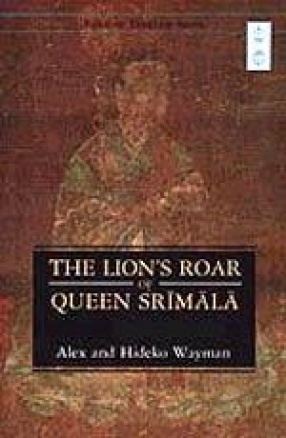
The Lion's Roar of Queen Srimala, or Sri-mala-Sutra, became the Mahayana scripture preeminent for teaching that all sentient beings have the potentiality of Buddhahood. It was an inspiration for both the Lankavatara-Sutra and the Chinese classic awakening of faith. The translators present evidence that it was composed in the Andhra region of South India in the 3 century A.D. Thereafter it had remarkable success in China, and through Korea entered into the ...



The little Lankavatara might mean `entering Lanka (perhaps referring to the temporary Mahayana period of Ceylon), suggestion that the doctrines of this scripture are possibly consistent with earlier Buddhism preserved in the Pali language.
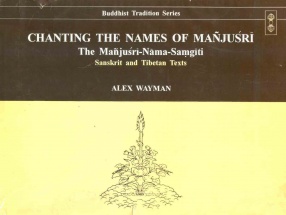
This is the first English translation of one of the most revered and often-used tantric texts in Tibetan Buddhism--the Manjusri-nama-samgiti. While consisting of only 160 verses and some mantra sentences, the work condenses an enormous tantric lore, so much that it garnered exalted mention in the Vimalaprabha--the great commentary on the Kalacakra--and is cited a number of times in the celebrated tantrist Naropa's Hevajratantra commentary.
Changing the Names of ...
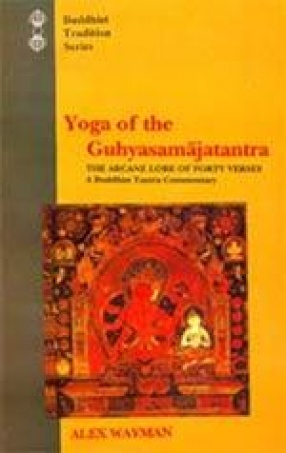
This work opens up the subject of perhaps the most profound of Buddhist Tantras, The Guhyasamajatantra by shedding light on its relation with previous literature including the Brahmanical tradition and by revealing the elevated type of Yoga. It goes far toward replacing the previous supposition that this Tantra can be understood by mere reading by one oblivious of the extensive commentarial tradition that incorporates the precepts of the Gurus. The author has ...
